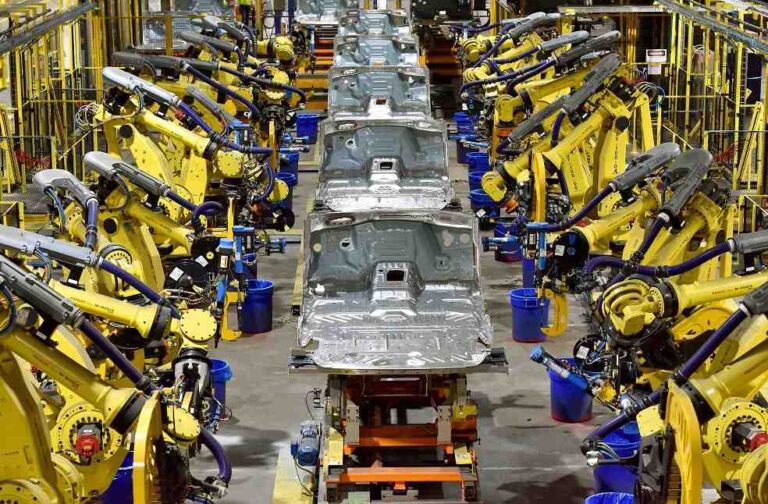Over a century ago, the introduction of the assembly line by Henry Ford revolutionized the automotive industry, making vehicles more accessible to the masses and setting the stage for a new era of mass production. Today, we look back on the profound impact this innovation had on not only the automotive sector but also on a range of industries worldwide.
In 1913, Henry Ford, the founder of Ford Motor Company, implemented the assembly line at the Highland Park plant in Michigan, dramatically changing the way vehicles were produced. Drawing inspiration from the “disassembly line” method employed in the meatpacking industry, Ford adapted the concept to automotive manufacturing. This led to a significant reduction in production time and costs.
Before the assembly line, vehicle production was a slow, labor-intensive process, with each car being built from start to finish by a small team of skilled workers. The assembly line allowed Ford to break the production process into smaller, specialized tasks, which enabled workers to focus on specific tasks and greatly improved efficiency.
The impact of the Ford assembly line on the automotive industry was immense. The production time for a single Ford Model T decreased from 12.5 hours to just 93 minutes. This reduction in production time led to a substantial decrease in costs, which allowed Ford to lower the price of the Model T from $850 to $260, making automobiles more affordable for the average American family.
As the assembly line’s success became evident, other automakers followed suit and adopted similar manufacturing techniques. This marked the beginning of the era of mass production in the automotive industry, contributing to the rapid expansion of the sector and the growth of the global economy.
The influence of Ford’s assembly line, however, extended far beyond the automotive industry. Its principles have been applied to various sectors, including electronics, aerospace, and consumer goods. By streamlining production processes and reducing costs, the assembly line has played a crucial role in the development of the modern industrialized world.
Today, automation and advanced robotics have further improved the efficiency of assembly lines, allowing for even greater production capabilities. The assembly line has not only stood the test of time but has continued to evolve and adapt to the changing needs of industries worldwide. The legacy of Henry Ford’s innovation remains a testament to the power of ingenuity and its potential to change the course of history.





